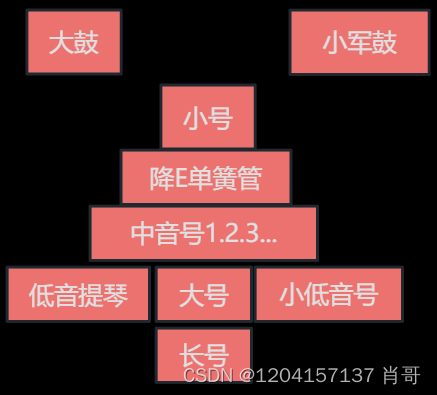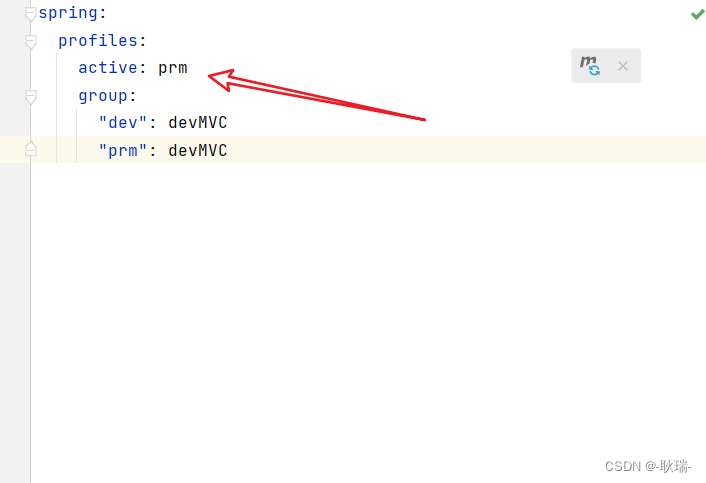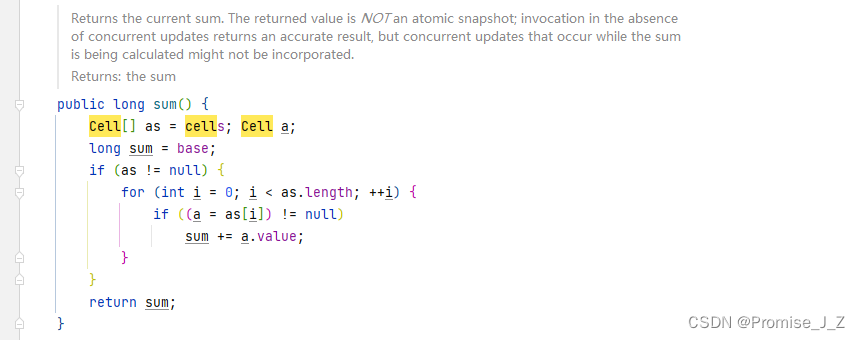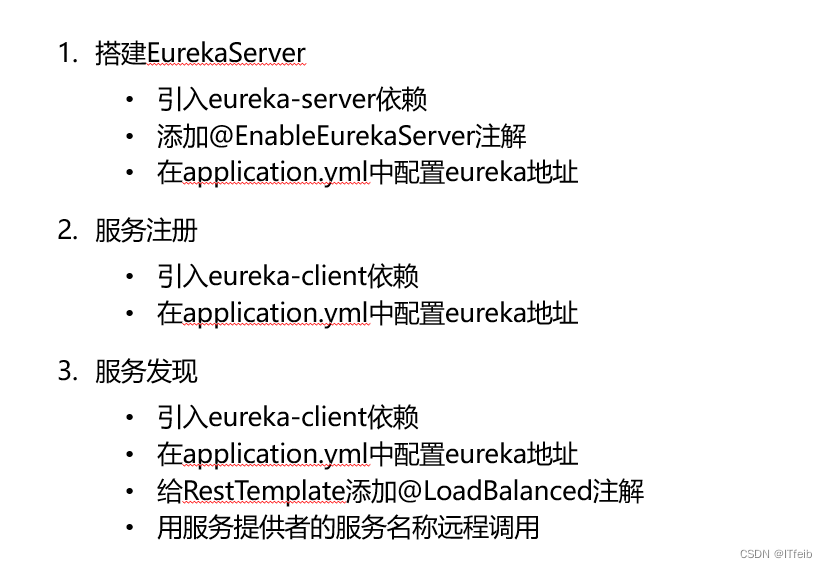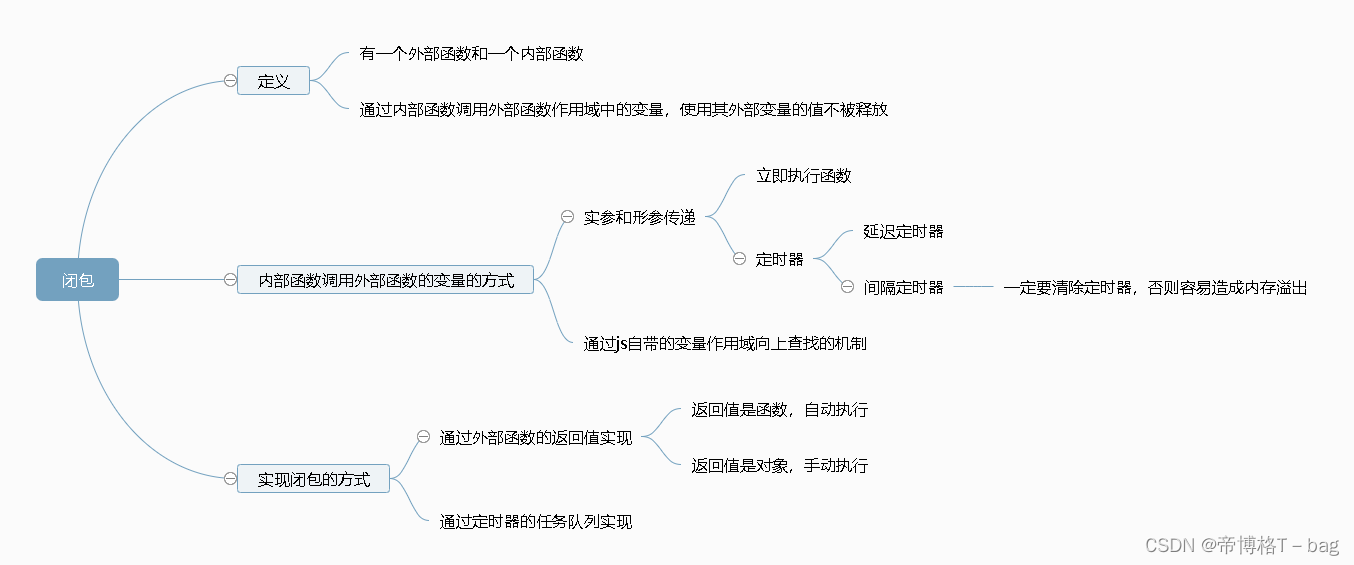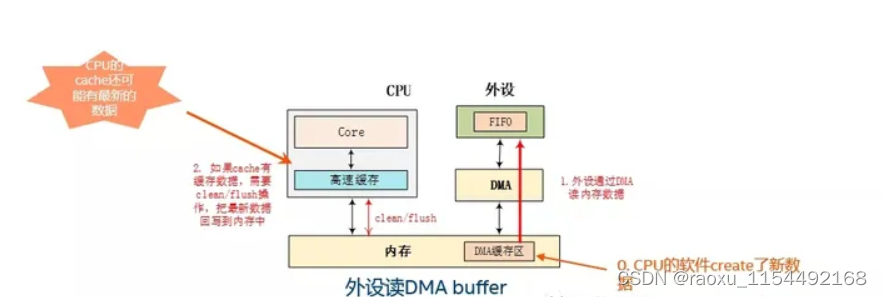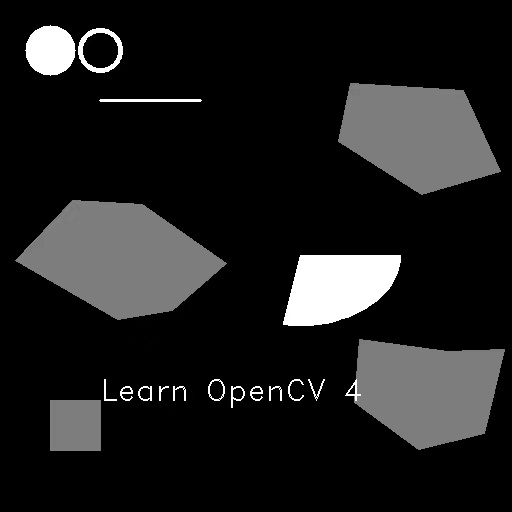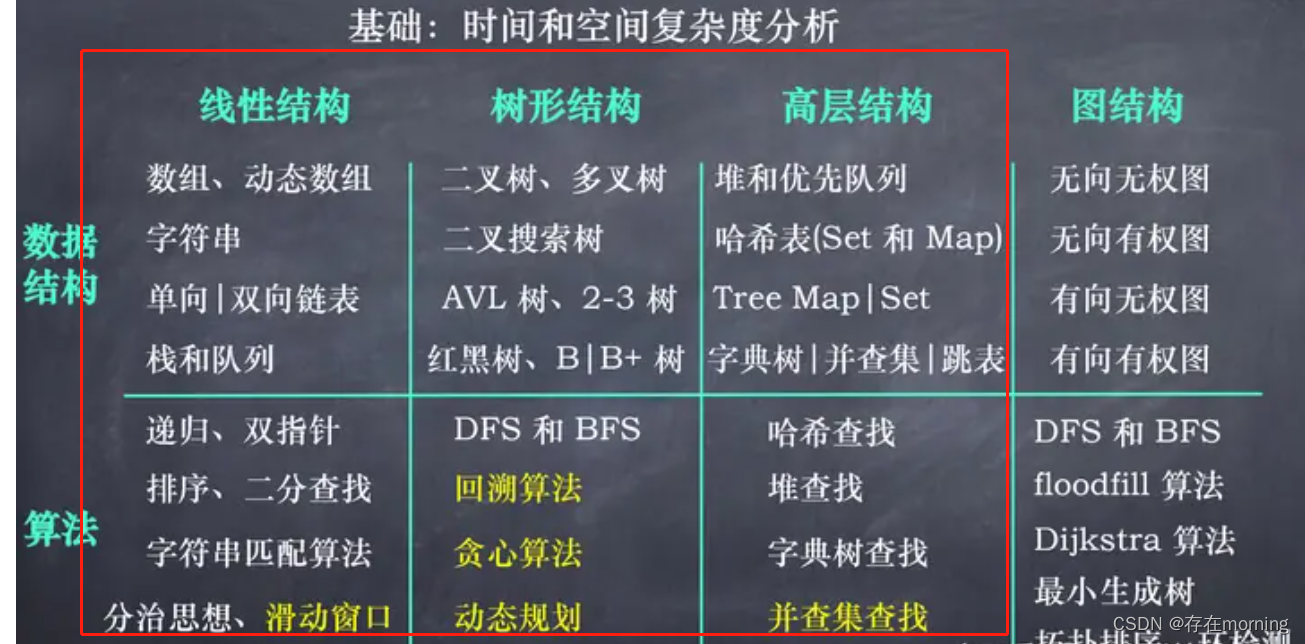题目来源:力扣
题目描述:
给定一个单词列表 words 和一个整数 k ,返回前 k 个出现次数最多的单词。
返回的答案应该按单词出现频率由高到低排序。如果不同的单词有相同出现频率, 按字典顺序 排序。
示例 1:
输入: words = ["i", "love", "leetcode", "i", "love", "coding"], k = 2 输出: ["i", "love"] 解析: "i" 和 "love" 为出现次数最多的两个单词,均为2次。注意,按字母顺序 "i" 在 "love" 之前。
示例 2:
输入: ["the", "day", "is", "sunny", "the", "the", "the", "sunny", "is", "is"], k = 4 输出: ["the", "is", "sunny", "day"] 解析: "the", "is", "sunny" 和 "day" 是出现次数最多的四个单词,出现次数依次为 4, 3, 2 和 1 次。
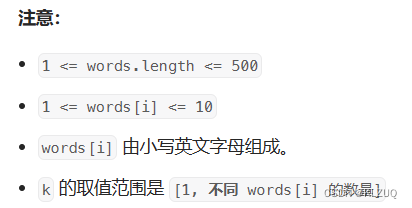
代码实现:
class Solution {
public:struct Greater{bool operator()(const pair<string,int>& kv1, const pair<string,int>& kv2){return kv1.second > kv2.second;}};vector<string> topKFrequent(vector<string>& words, int k) {map<string,int> countMap;for(const auto& e : words){countMap[e]++;}vector<pair<string,int>> KvVec(countMap.begin(),countMap.end());stable_sort(KvVec.begin(),KvVec.end(),Greater());//和sort一样,但是stable_sort是稳定的排序vector<string> ret;for(int i=0;i<k;i++){ret.push_back(KvVec[i].first);}return ret;}
};class Solution {
public:struct Greater{bool operator()(const pair<string,int>& kv1, const pair<string,int>& kv2){return kv1.second > kv2.second || (kv1.second == kv2.second && kv1.first < kv2.first);//频率大的在前面,频率相等的情况下,就去比较字典序,小的在前面}};vector<string> topKFrequent(vector<string>& words, int k) {map<string,int> countMap;for(const auto& e : words){countMap[e]++;}vector<pair<string,int>> KvVec(countMap.begin(),countMap.end());sort(KvVec.begin(),KvVec.end(),Greater());vector<string> ret;for(int i=0;i<k;i++){ret.push_back(KvVec[i].first);}return ret;}
};这里有两种方法,一种是正常使用sort,一种是不使用sort
class Solution {
public:vector<string> topKFrequent(vector<string>& words, int k) {map<string,int> countMap;for(const auto& e : words){countMap[e]++;}multimap<int,string,greater<int>> sortMap;//这里依赖map底层实现,有些平台可能过不了for(auto& kv : countMap){sortMap.insert(make_pair(kv.second,kv.first));}vector<string> v;auto it = sortMap.begin();while(k--){v.push_back(it->second);++it;}return v;}
};思路:
这道题麻烦的是按照字典序去排列,sort是对随机迭代器进行排序的,而map是双向迭代器,也就是说map是无法使用sort的,所以我们在上边倒来倒去的倒数据,这道题就是用map统计一下频率然后按频率排序即可,这里需要给sort设计一个仿函数,让频率大的在前面,如果使用原始的sort,那么会面临因为sort是不稳定的排序,所以要自己加一些条件,或者换一个稳定的排序函数,比如stable_sort,接着我们把前k个放在一个vector里返回即可
除了sort可以排序,map也可以再排序,我们反过来再搞一个multimap(map会去重)排序即可,这里需要给map传第三个模板参数,这里依赖底层实现,有的平台可能不会通过,接着一样再把前k个放入vector返回即可




